Easiest vegetables to grow in shade – 10 best crops to grow in a shady spot
Discover the easiest vegetables to grow in shade to make the most out of every available growing space in your garden

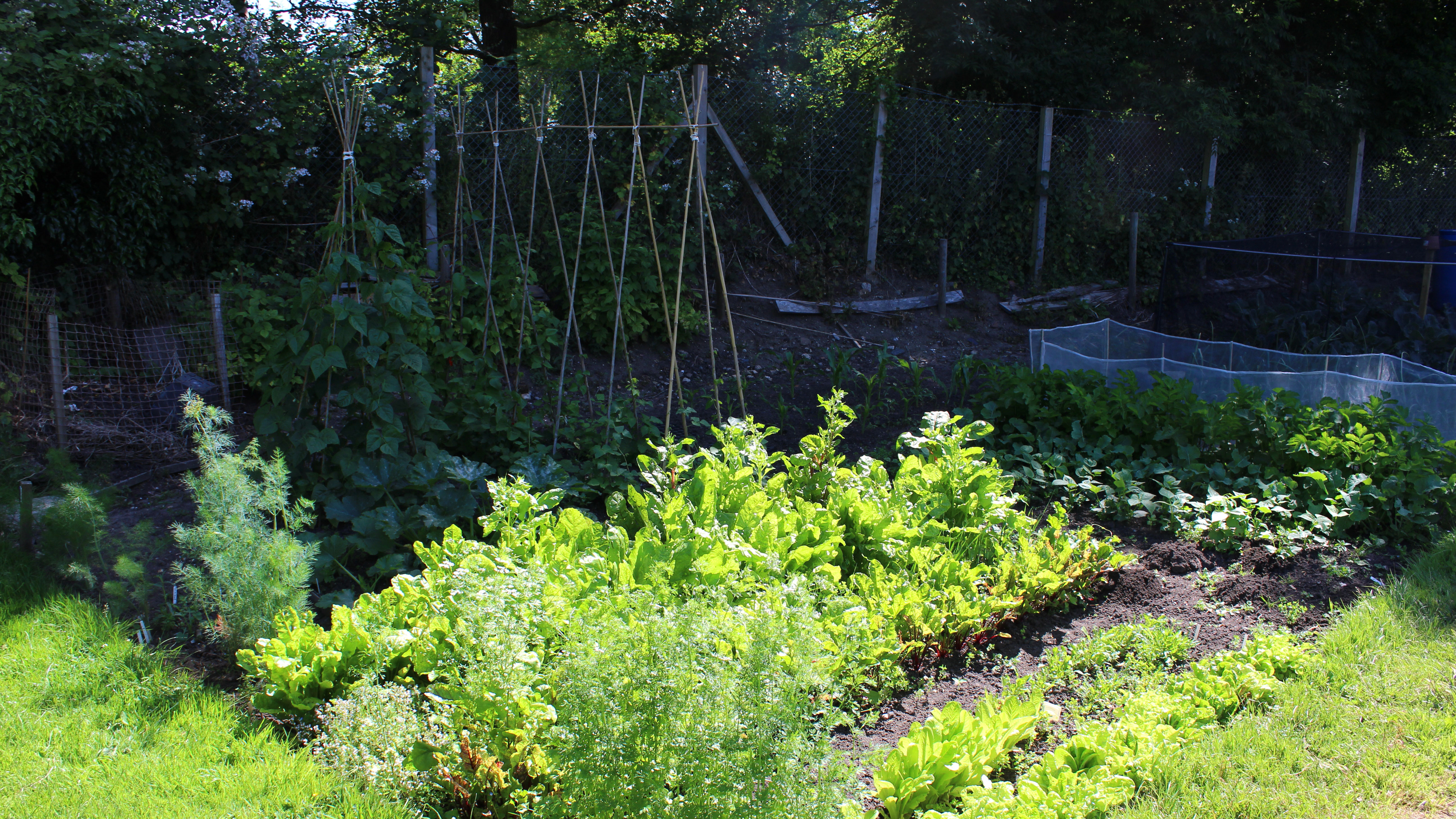
You may wonder if there are vegetables to grow in shade if you have darker areas in your backyard?
Shady corners of the garden are often overlooked, particularly when it comes to growing your own. But once you know the easiest vegetables to grow in shade, you can transform these areas from unused to productive as part of your vegetable garden ideas.
It isn't difficult to grow vegetables in shade and in fact, some of the easiest vegetables to grow at home include shade tolerant crops.
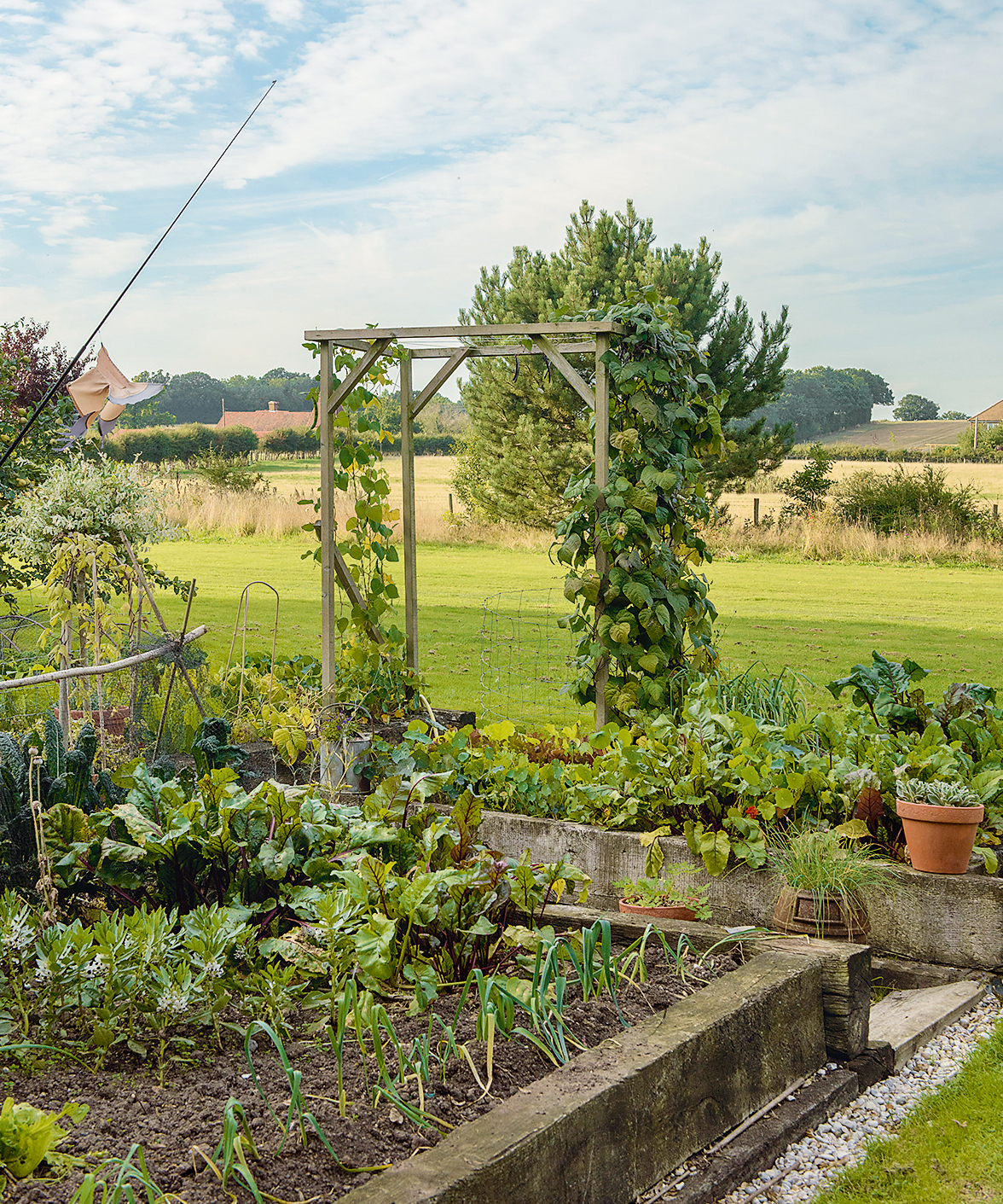
Vegetables to grow in shade
While these easiest vegetables to grow in shade will tolerate some lack of sunlight, most will prefer to be started off in full sun, if possible. The leaves capture sunlight to produce energy, so it’s a good idea to make sure that the leaves are developed before you plant them out, to give them a bit of a head start. You could start them under cover if you're planning a greenhouse.
If the leaves can’t capture enough sunlight, the plant simply won’t be able to establish and will likely succumb to pests or diseases.
That said, there are also some advantages to growing vegetables in shade. ‘A shady spot slows growth, but it also slows bolting,’ says Kevin Espiritu of Southern California based Epic Gardening. Plants that are prone to bolting can benefit from less sun.
‘Ideally plant in areas that get mid-afternoon to late afternoon shade, but are otherwise sunny,’ Espiritu adds. ‘This way you’re shading out your plants during the most intense sunshine periods of the day, providing them with a bit of relief.' This is particularly useful in warmer zones.
Design expertise in your inbox – from inspiring decorating ideas and beautiful celebrity homes to practical gardening advice and shopping round-ups.
Just as there are shade plants or shrubs for shade that perform well in darker corners of the garden, there are crops that can do well, too.
1. Beets
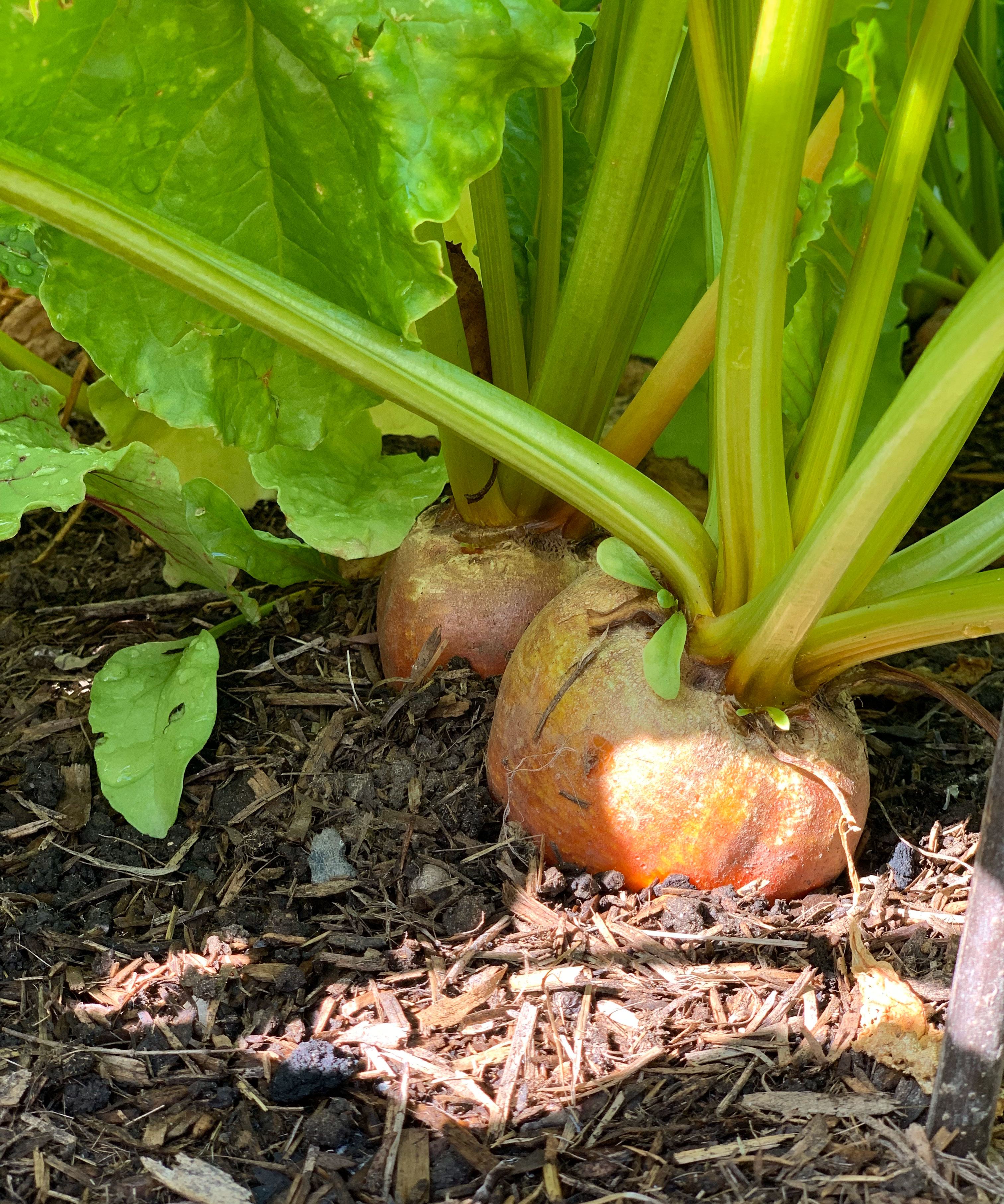
Beets are a tasty, easy to grow and easy to store vegetable. Like most vegetables, they prefer partial shade, so if you can, allow them to have a few hours of sunlight a day. The more sunlight they get, the faster they will grow, so if you are growing beets in shade, you might just need to be a bit more patient.
You will need to sow seeds in full sun to get them started. When they are 2-3 inches (5-7cm) tall, plant the whole clump out into the shady area of your backyard. Make sure to plant the clumps at least 12 inches (30cm) apart to allow them plenty of space to grow.
‘Shady areas are often damp, so allowing air to circulate will also reduce the potential for fungal diseases. Don’t position plants too close together to start with, allow them some space to breathe and grow into,’ explains gardener and author Liz Zorab of Byther Farm.
2. Lettuce
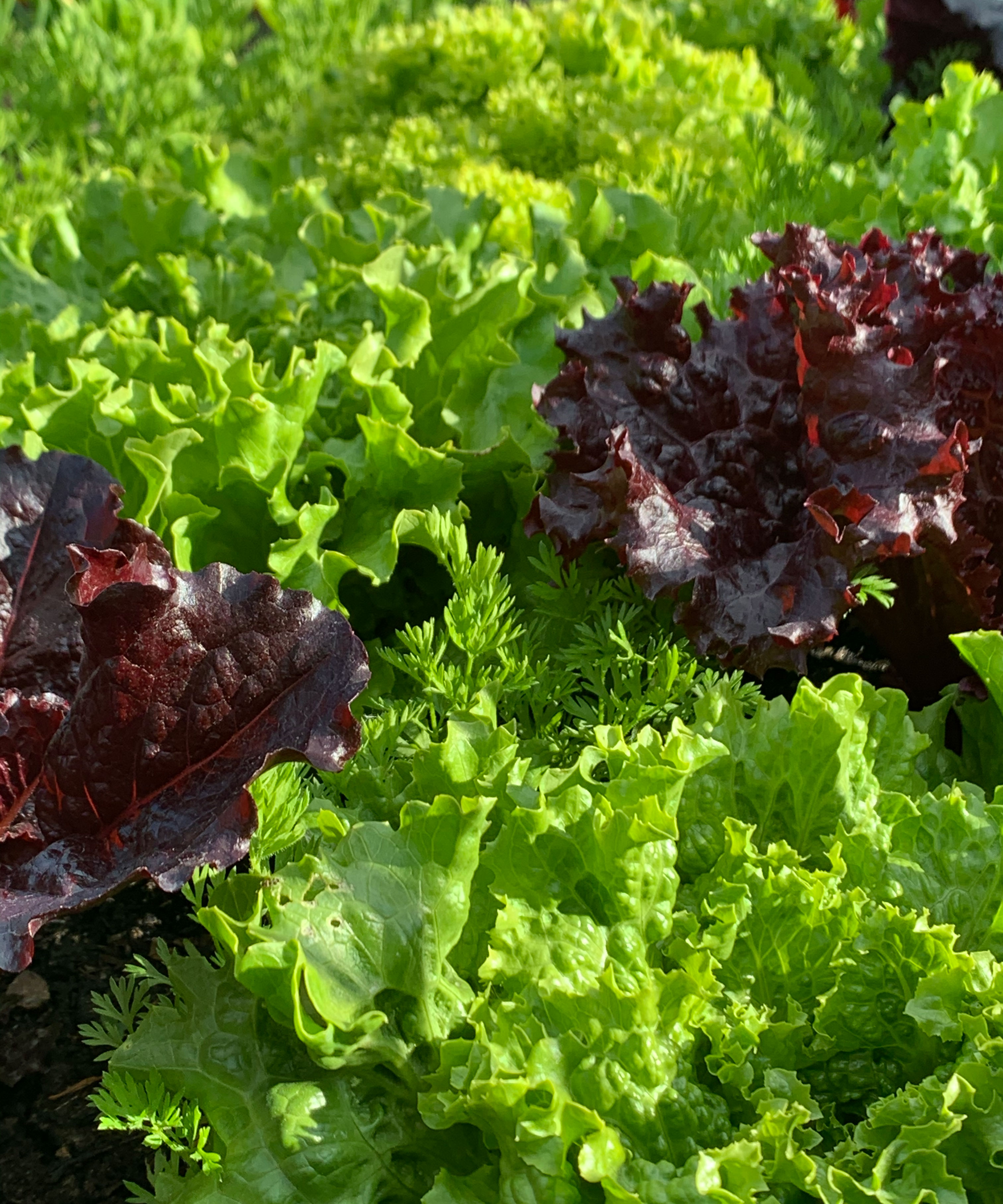
Lettuce is a staple in any vegetable garden because it’s both tasty and easy to grow. The really great thing once you know how to grow lettuce in the shade is that it will be a lot less prone to wilting and bolting. Lettuce leaves can sometimes become slightly bitter or tough if they grow in too much heat with not enough water, so growing them in some shade can help to mitigate this.
‘I deliberately pick places in my garden that I know will turn shady as the seasons progress,’ says Oma Garden, Oklahoma-based gardener and blogger at Oma’s Gardens. ‘The main reason being that shady areas can actually be a blessing for leafy greens. These particular plants are more subject to bolting in high heat; having that perfectly shaded spot is the best way to extend their life as summer shows its face,’ she adds.
Slugs and snails tend to be more prevalent in shaded areas. Choose an upright, loose-leaf variety, such as lollo rosso, to minimize damage. Harvest the leaves from the bottom up and try to make sure they aren’t dragging on the surface of the soil. This will make it more difficult for slugs and snails to get up on to the plant.
3. Swiss chard
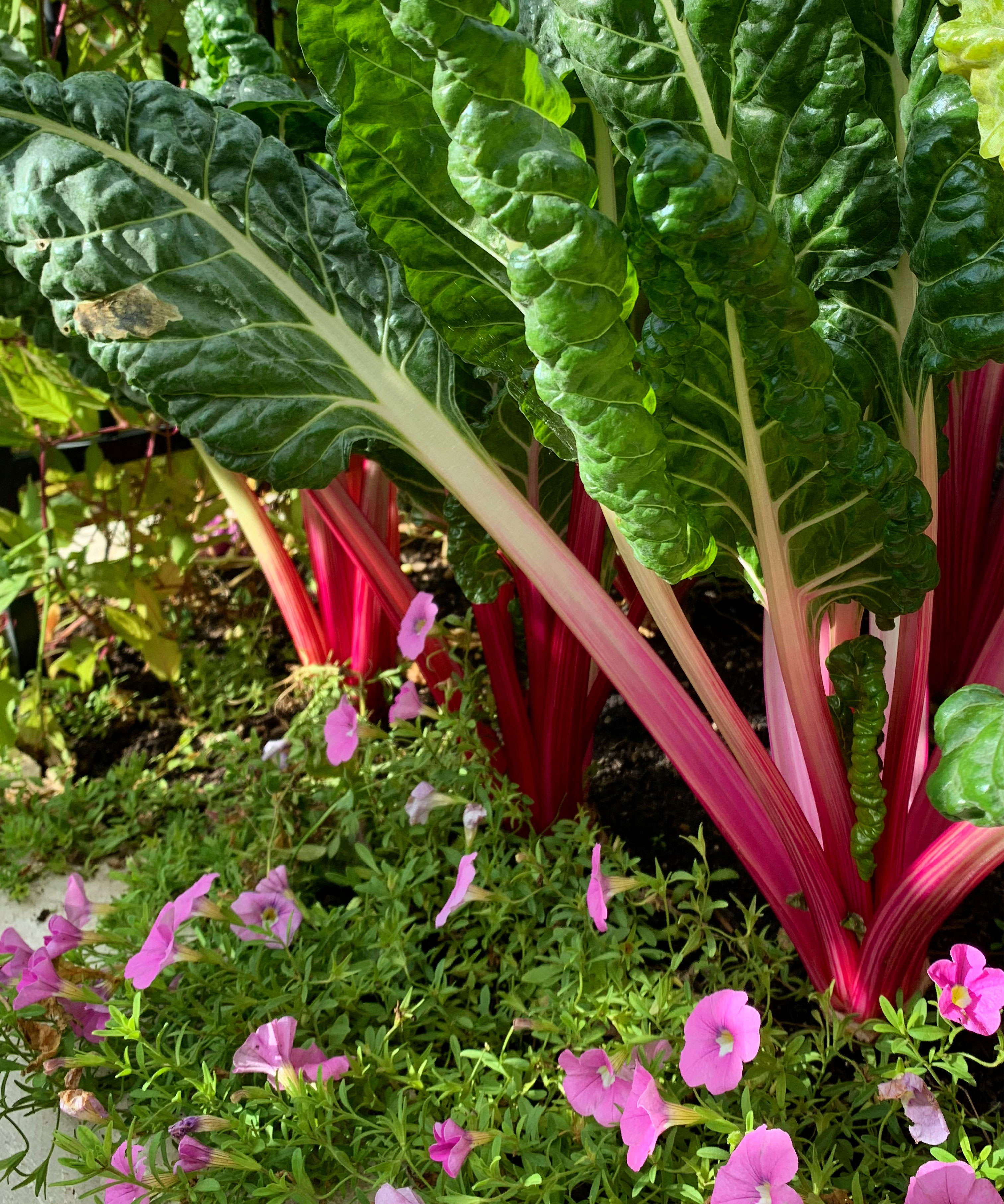
Fabulous for providing food, structure, and color, swiss chard is also one of the easiest vegetables to grow in shade. Sow in spring as part of your gardening calendar and you will have a crop from summer, right through to the following spring.
Chard plants can get quite big and are prone to fungal problems, such as powdery mildew, so make sure that you give them room to grow and allow plenty of air to circulate around the leaves.
Both the stems and leaves are edible, and very versatile. Try a variety called Peppermint for a huge splash of pink to brighten up a dull corner of the garden.
4. Celery
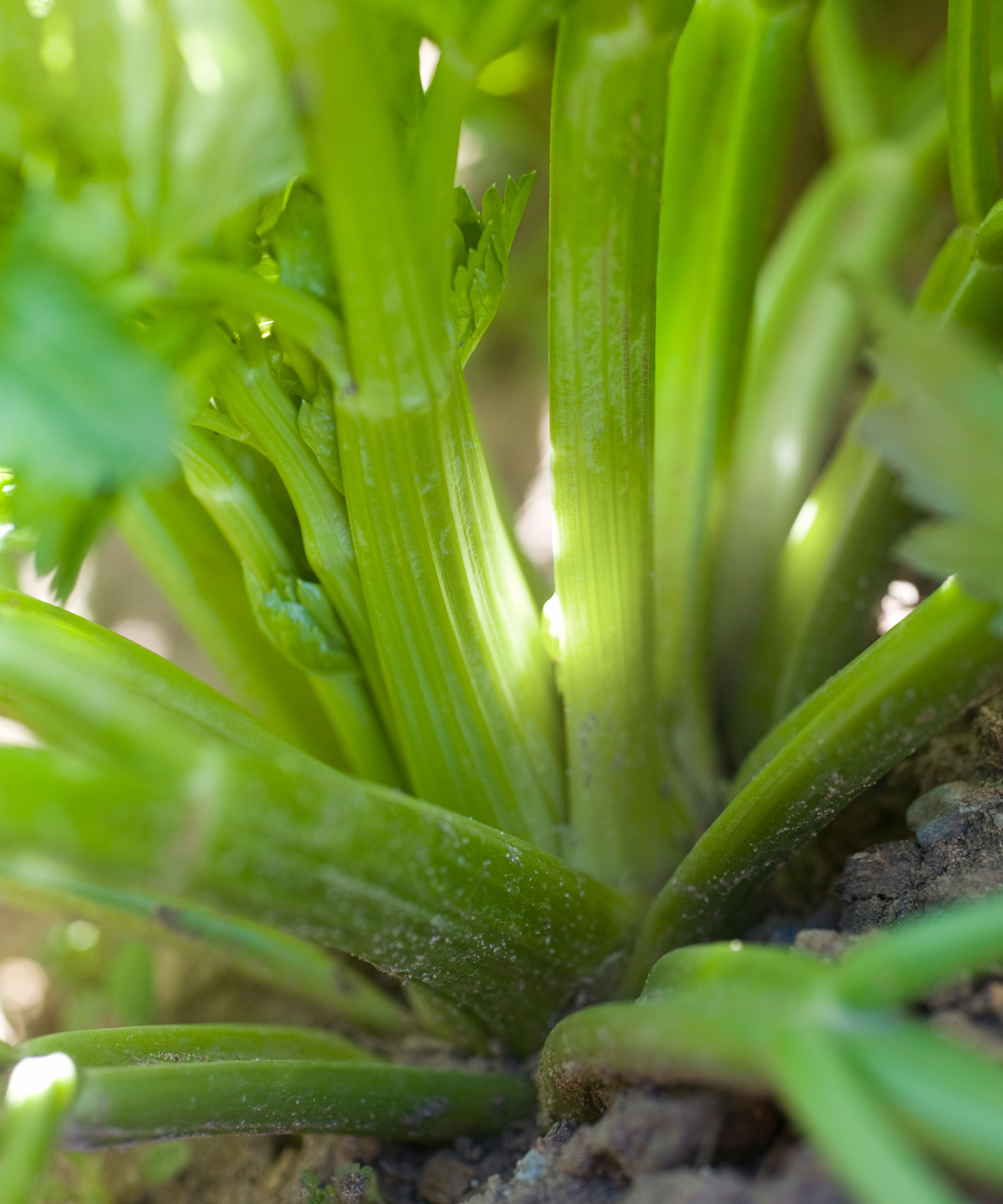
Celery is a great addition to a veg patch, but without proper conditions it can sometimes be a little disappointing. Those crunchy, watery stems that we are used to can be chewy and bitter when grown without the right conditions. Thankfully, growing celery in shade can help achieve good results.
Celery needs a lot of water to produce tender, juicy stems. Shady areas are often damper, as not as much water is lost from the soil’s surface through evaporation. Growing these vegetables in shade also helps to slow down their growth, which helps create tender stems. In fact, many growers use collars around celery stems to shade them and keep them pale and tender.
5. Carrots
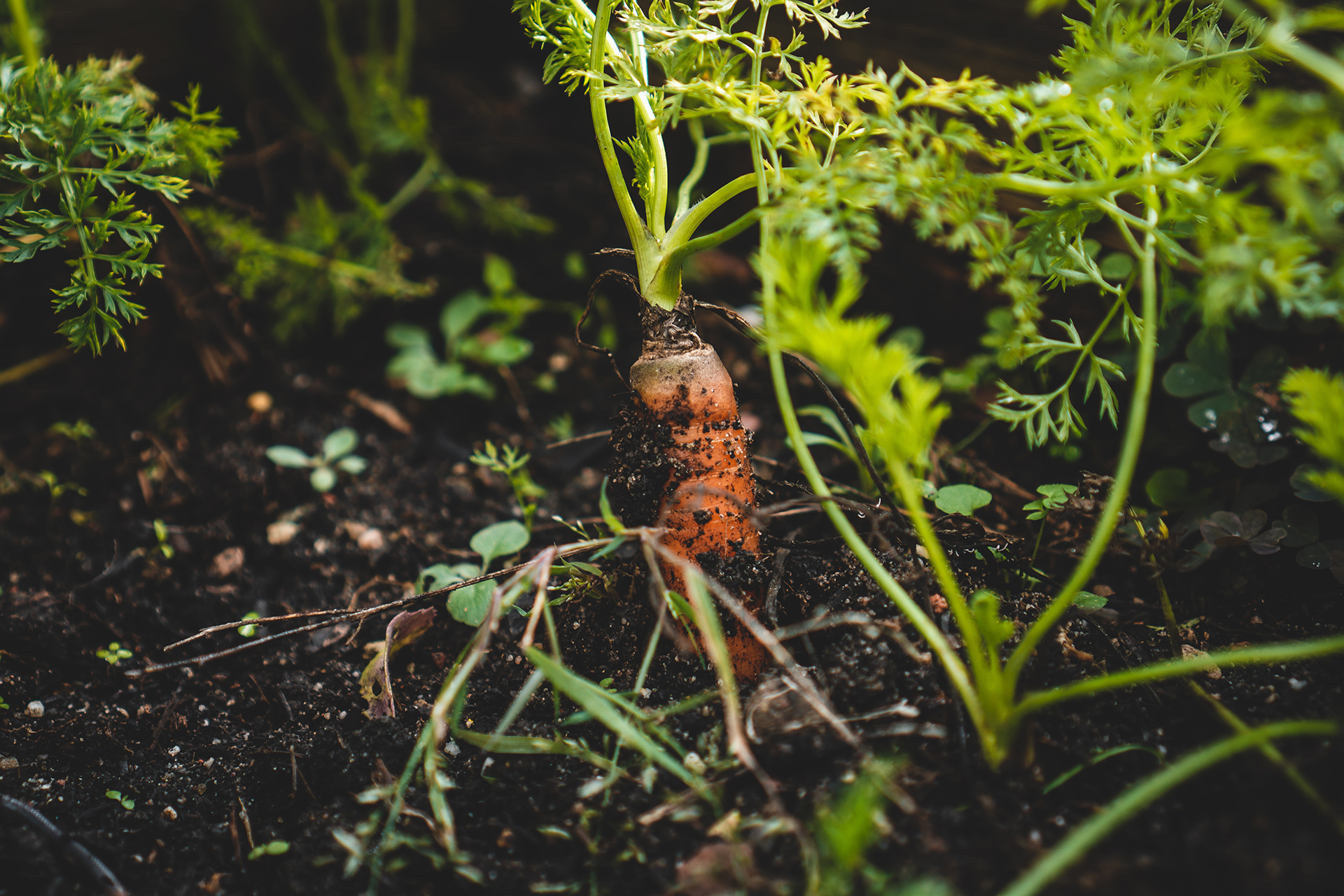
Once you know how to grow carrots you will understand what a joy they are to grow and to harvest. They can be prone to bolting, so planting carrots in shady, cooler conditions, where they are sheltered from the hottest parts of the day, can actually increase your crop – although of course their growth will be a little slower.
Carrots seeds should be directly sown into the beds, so if possible, sow them somewhere that will get direct sunlight for some of the day, preferably the morning when the heat is less intense. This will ensure that the seedlings can get established and leaves can develop enough to cope with the lower light conditions for the rest of the day.
Alternatively some varieties grow well as vegetable garden container ideas, so you can move the pots into shady spots in the hottest parts of the day
6. Salad leaves
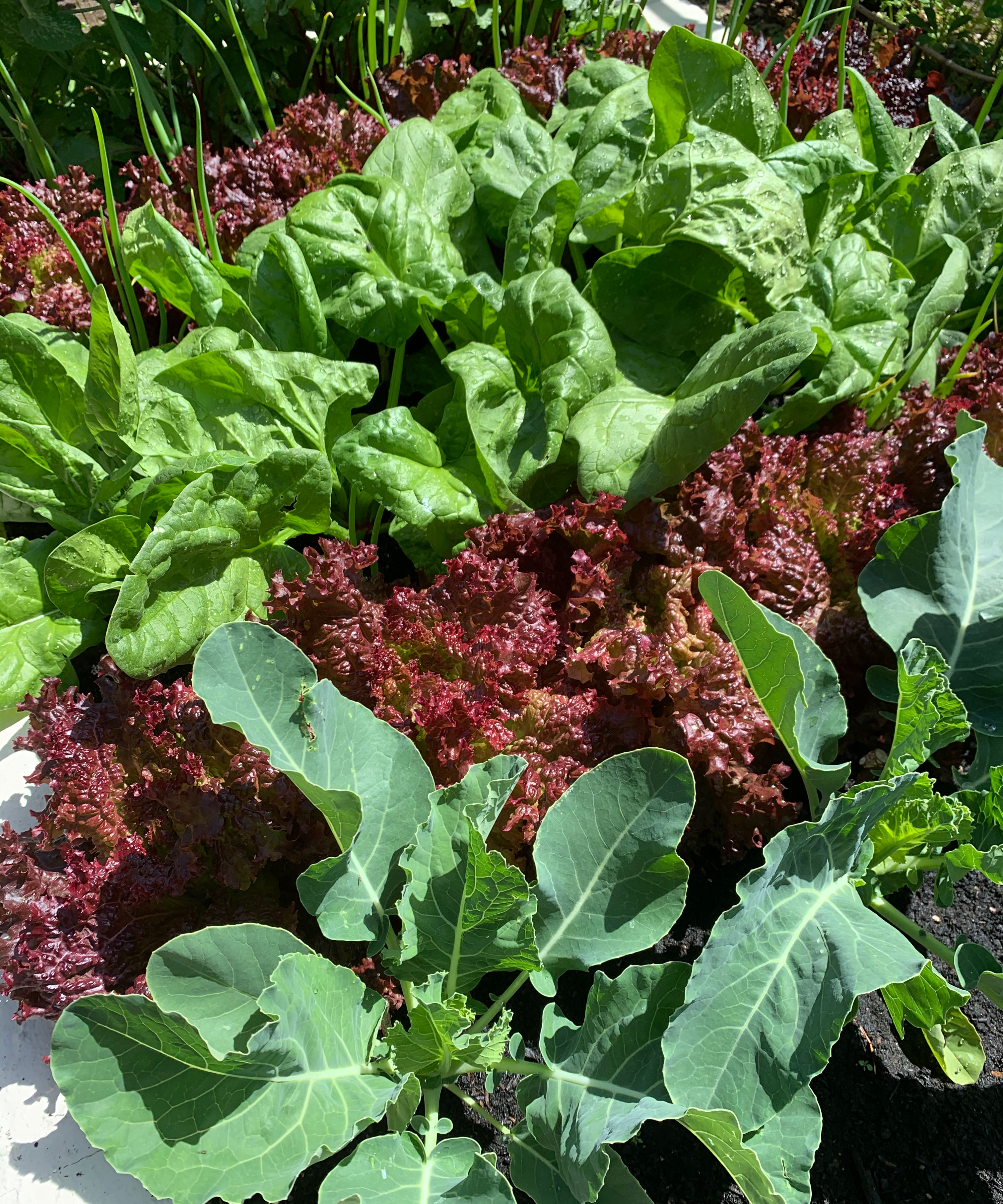
Salad leaves, such as pak choi, mizuna, mustard, bok choy, tatsoi and cilantro are among the easiest vegetables to grow in shade. As with lettuce, other leafy greens are prone to bolting, and therefore careful use of shade can make them easier to grow.
‘As a general rule of thumb, anything you're not growing for its fruit or flowers tends to do better in the shade,’ says Kevin Espiritu of Epic Gardening.
Leafy greens growing in lower light levels will not grow as fast as those in full sun. 'But if we are smart about it, this can work to our advantage,' he adds.
7. Broccoli
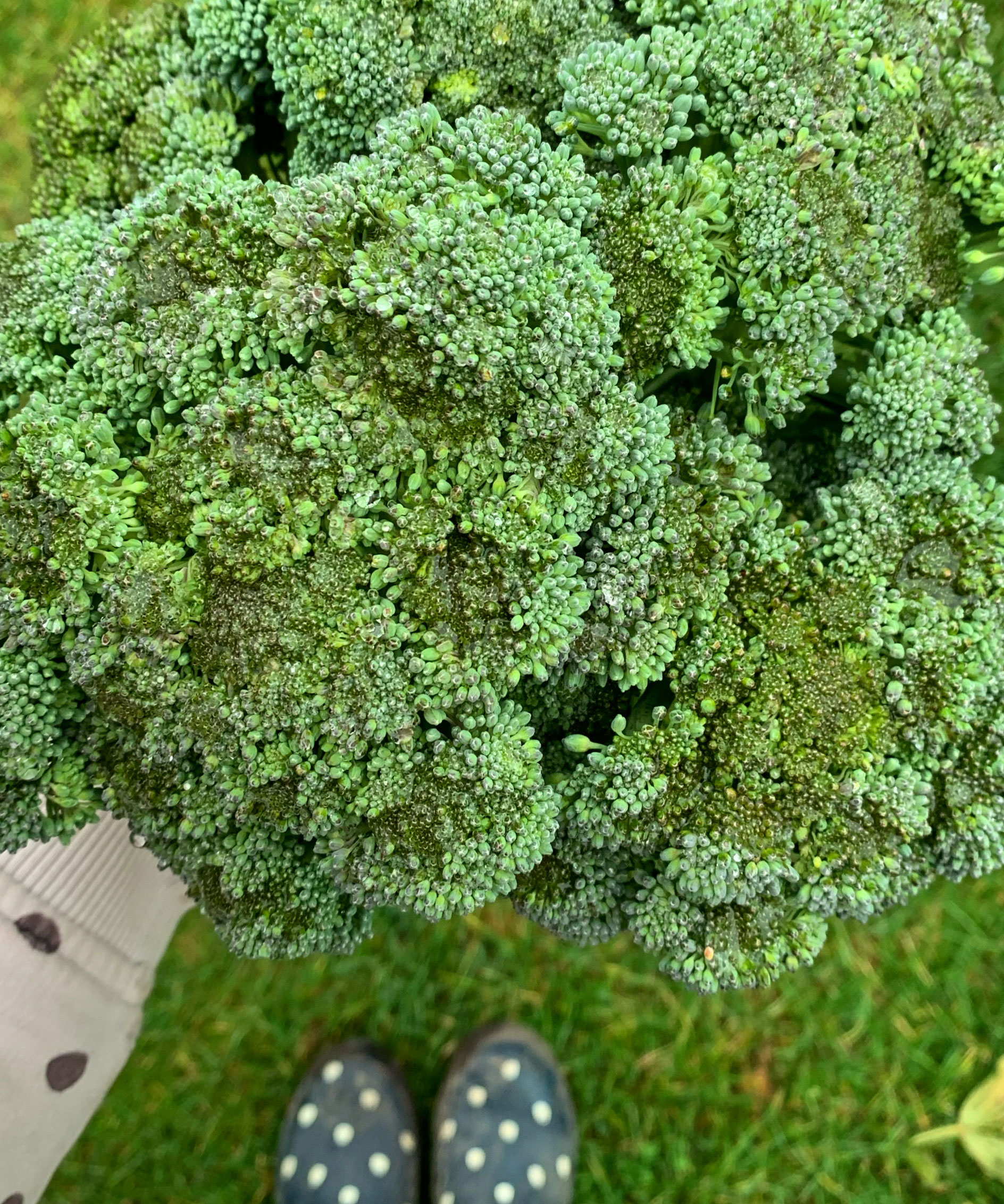
Another good choice of vegetables to grow in shade are broccoli, cauliflower, and other brassicas, such as kohlrabi. The slower growth will be an advantage when it comes to broccoli and cauliflower, which need to be harvested in the few days before they start to flower. This period will be slightly longer if they aren’t in full sun, and you therefore have a greater chance of being able to catch them at the right point to harvest.
You may encounter more slugs and snails in shady parts of the garden. Brassicas can be prone to slug and snail damage so, as with most of the crops on this list, it’s a good idea to sow them in full sun and plant out when they are well established.
If you have a particularly large population of slugs and snails, you will want to wait until the plants are around 4-5 inches (10-12cm) tall before transplanting to give them the best chance of survival.
8. Spring onions – scallions
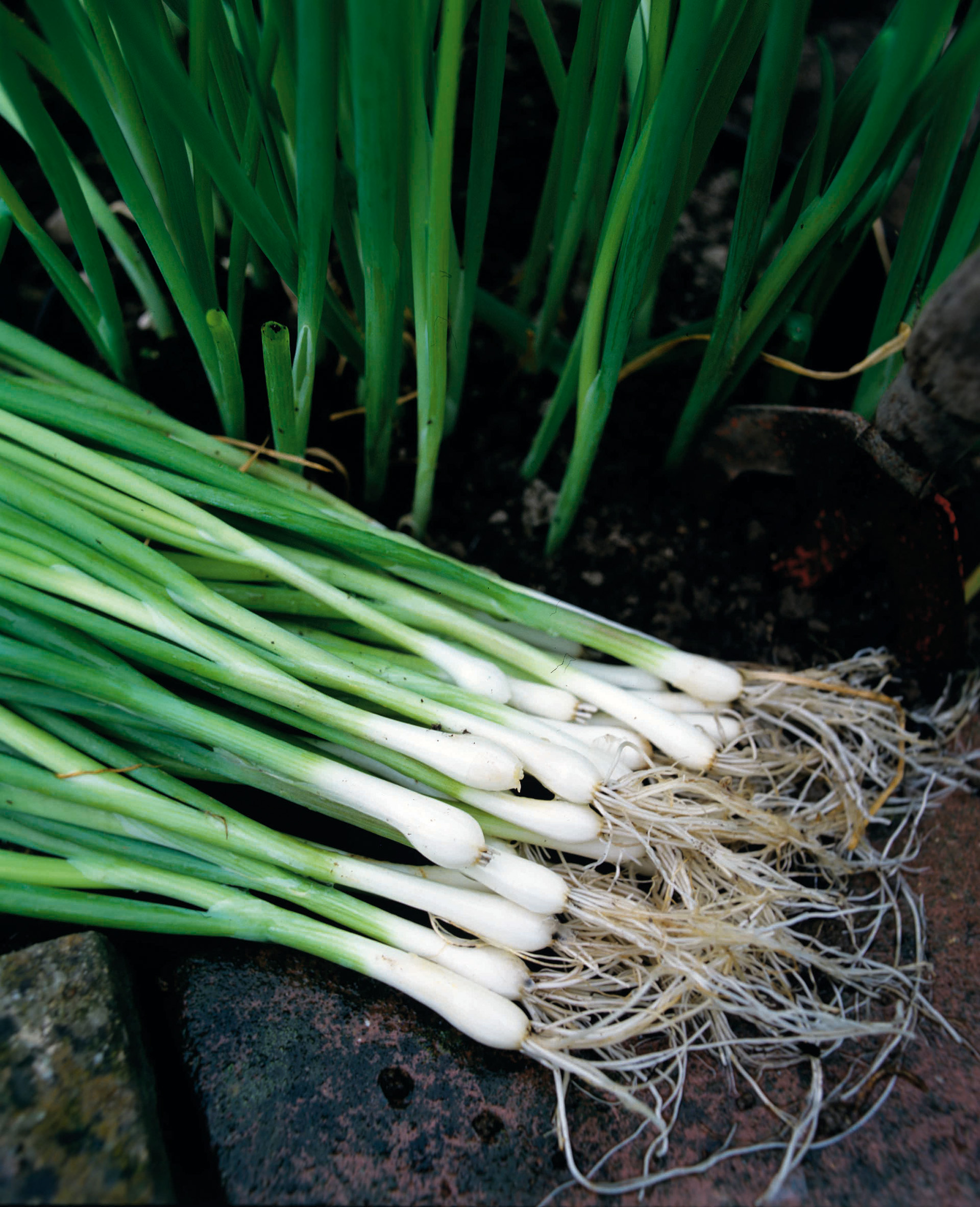
Spring onions, or scallions, are easy to grow under most conditions, although growth will be slower if you choose to grow spring onions in the shade. The more sun they are given the faster they will grow, so to get a longer cropping period you might consider growing some in the sun and some in the shade.
Sow them in modules in a sunny spot to help the plants to establish before you plant them out as a clump in the shade. If you are growing them in partial shade – areas that get about 6 hours of sunlight a day – you can sow them directly into the ground.
9. Radishes
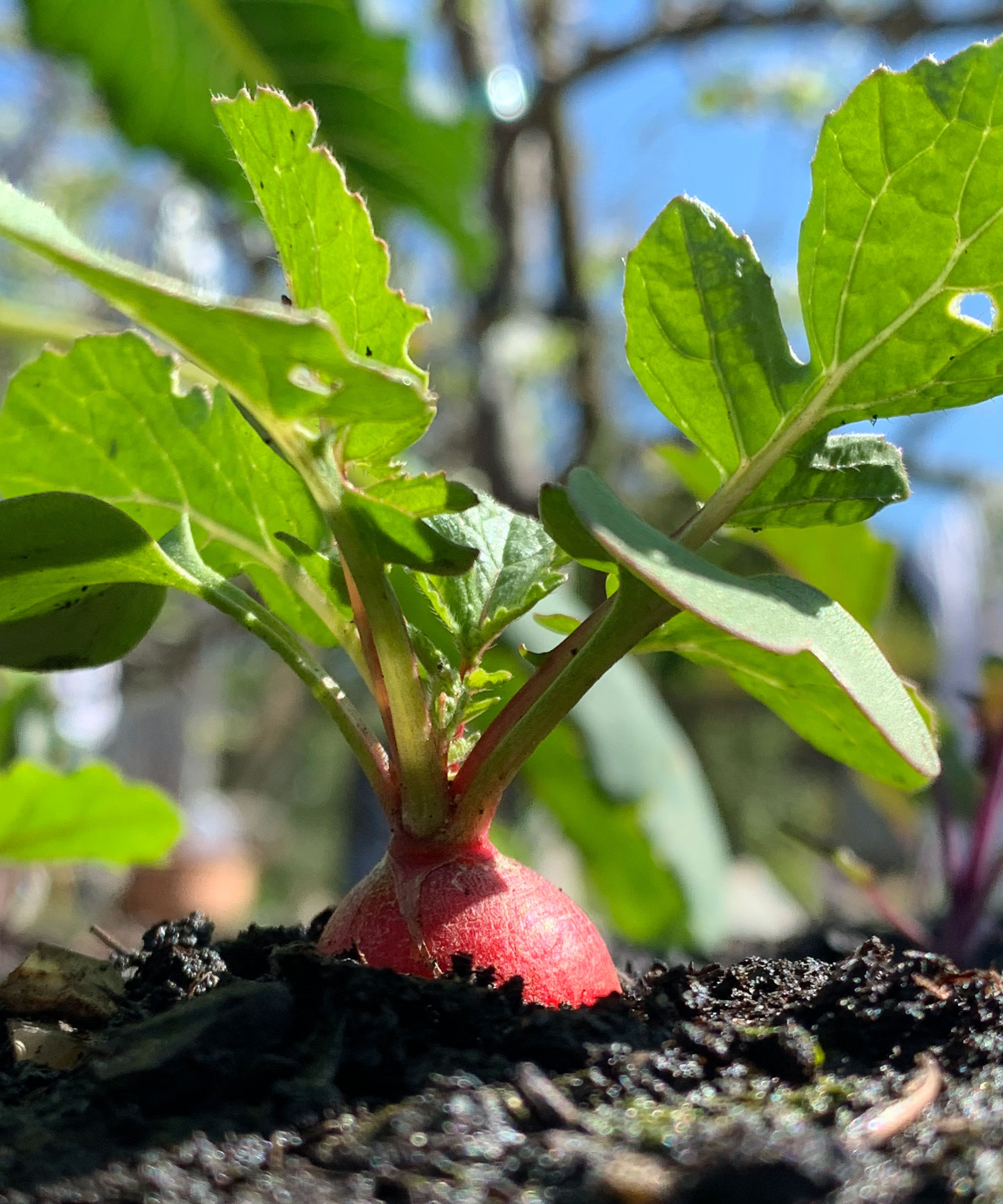
Radishes are one of the fastest and easiest vegetables to grow in shade. They are delightfully peppery and work well cooked or raw in a salad.
You can sow radish directly into the ground and ‘shade can keep radishes from bolting – putting up a flower stalk – which is a great advantage because once a plant bolts, it can taste bitter,’ explains Aimee Damman from Swansons Nursery.
‘A little shade can also help keep the soil cooler and slow the evaporation of water, which is definitely a plus,' she adds.
10. Kale
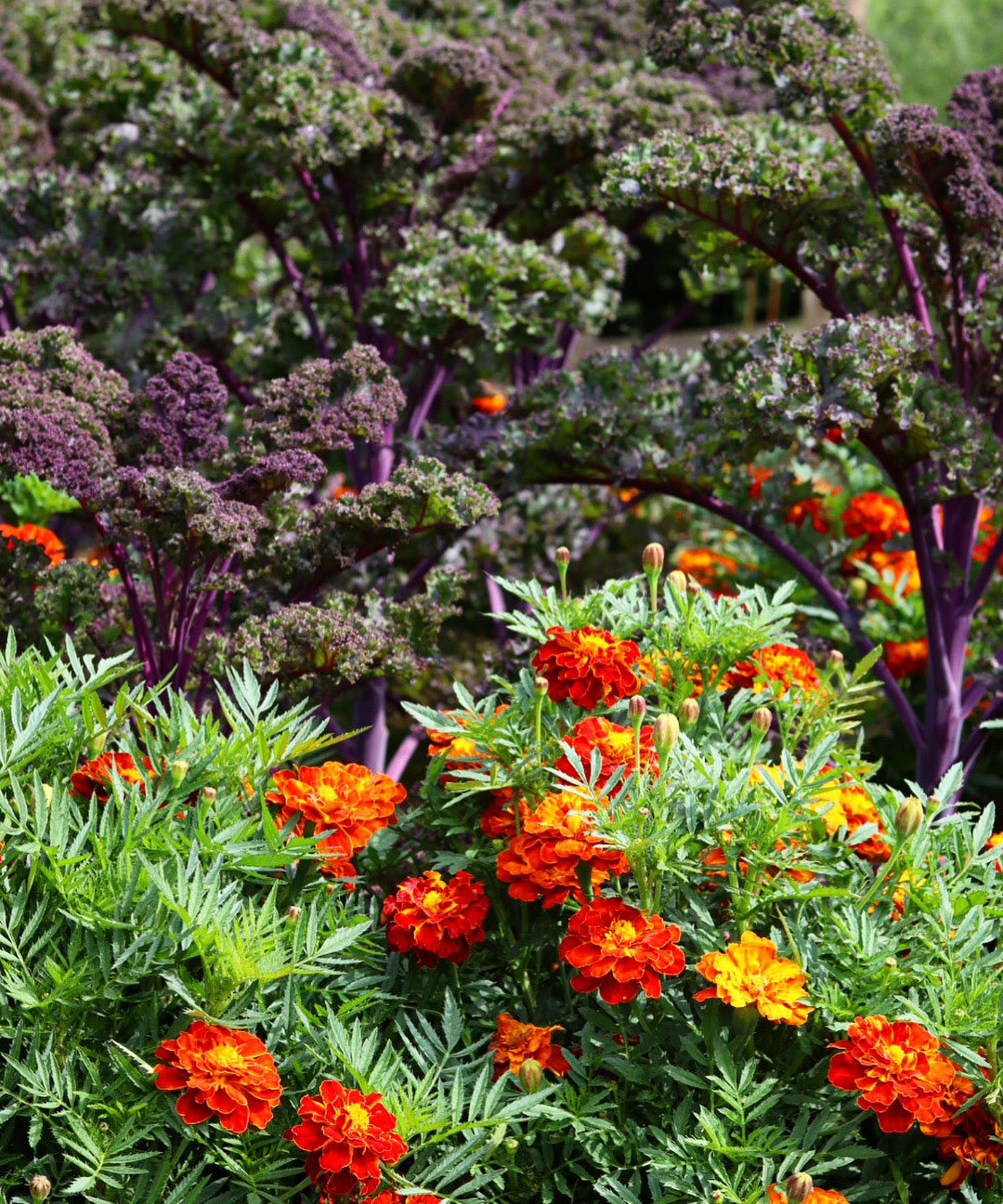
It's easy to learn how to grow kale, and there are lots of varieties to choose from of this shade tolerant crop. The tender and flavorsome leaves of cavolo nero or the frilly and crunchy leaves of redbor are sure to provide you with food, even in the winter and early spring when other crops are dormant.
How do you grow vegetables in shade?
While there are many vegetables to grow in shade, there are some inherent challenges, so manage your expectations.
Plants need light to photosynthesize, and the more they get, the faster they will grow. Some plants are understory plants – which means that they are specifically adapted to grow in the dappled shade that you would usually get under trees.
‘Choose the right vegetables,’ says Aimee Damman. ‘Not everything can be grown in shadier conditions but if you start with vegetables that can tolerate shade, you’ll have better luck.'
The general rule of thumb with growing in the shade is to ensure that the plants are getting at least a few hours of sunlight, in partial shade. Where possible, start seedlings off in full sun so they are well established before they go into the shade.
‘I consider full shade anything that has 3 or less hours of sun a day. These are those dark areas that are either dappled with light or covered by obstacles such as buildings that keep even seasonal light from coming in. Light shade are those areas that get between 3 and 6 hours of good light. Partial shade gets the most at around 6 to 8 hours in key high sun times,’ explains Oma Garden.
If a plant appears to be suffering, or succumbing to pests or diseases, it’s a clear sign it is not being grown under the right conditions, and if possible it should be moved.
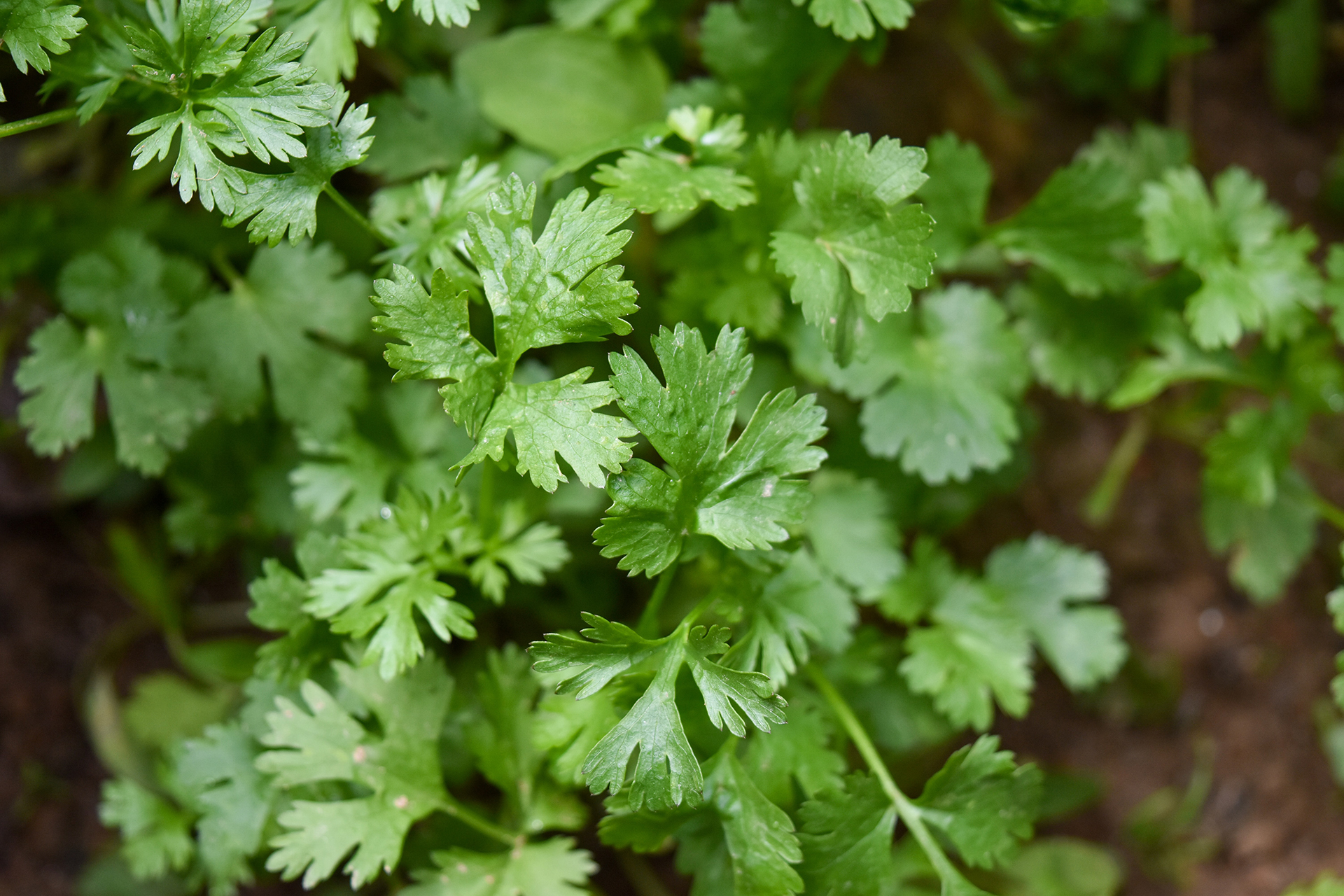
What vegetable grows best in shade?
Among the vegetables that grow best in shade are lettuce, leafy greens, and some herbs, such as cilantro. If you have just a small area of shade, these are probably the best choice.
‘The best vegetable to grow in the shade, counterintuitively, is cilantro – or coriander. Despite it being primarily used in summer dishes, it struggles to grow in full sun in hot conditions, as it bolts quickly. I find putting it in a shady spot slows growth, but also slows bolting,’ says Kevin Espiritu of Epic Gardening.
What vegetables do not need sunlight?
There are not any vegetables that do not need sunlight.
Full shade is an area that never gets any direct sunlight. There are some plants that will grow well in these conditions, as they are adapted to low light levels, but vegetables will not.
If you have an area of full shade, try instead growing hostas, which are edible plants – the shoots can be eaten like asparagus or the leaves can be eaten like lettuce.
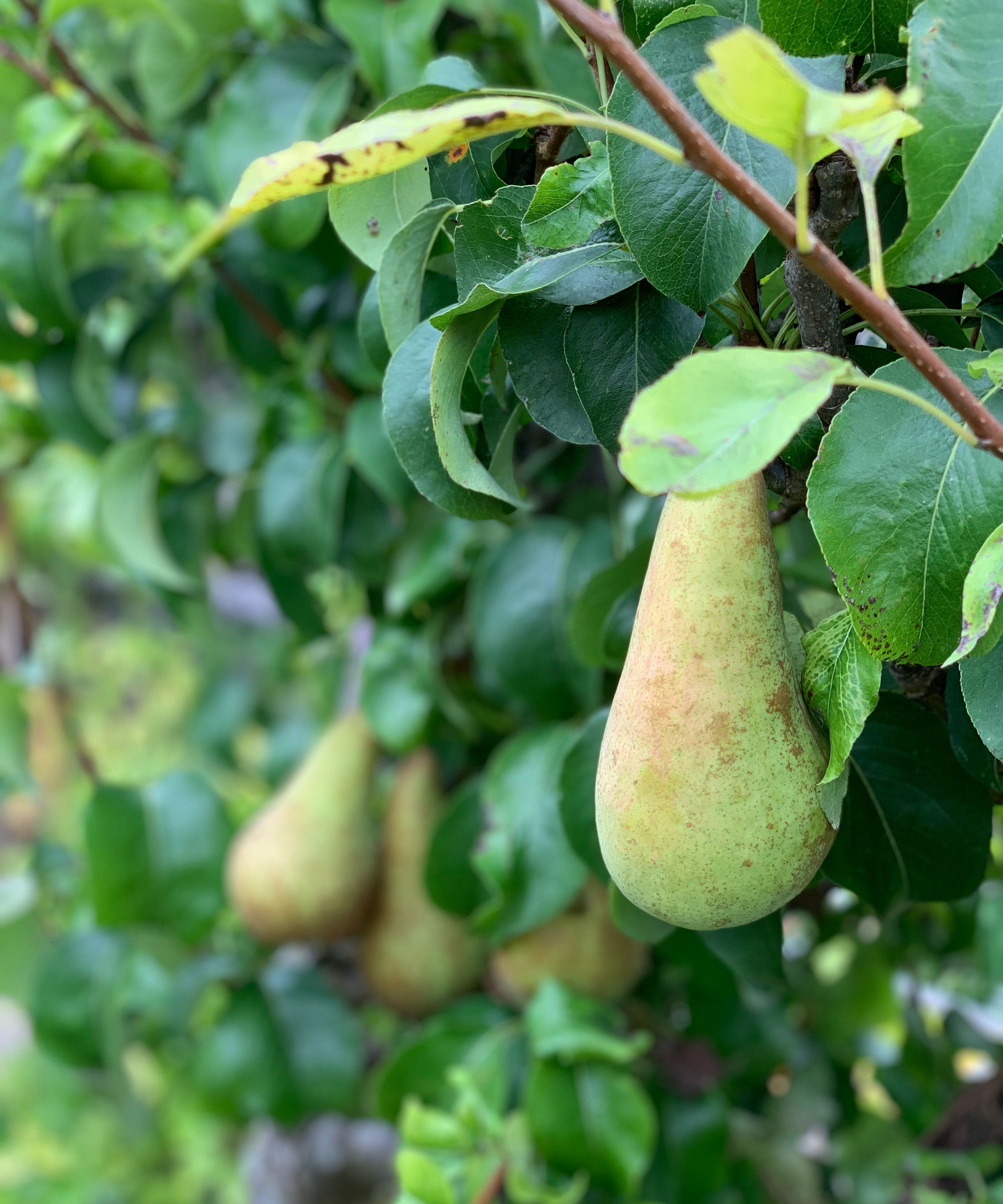
What fruits grow in shade?
‘I think currants are superb plants to grow in a shadier spot in the garden,' explains Liz Zorab. 'They provide structure, flowers, and masses of edible fruit. To have sweeter fruit, some sunshine during the day is ideal, but they don't need to be in full sun all the time.’
Other fruits, such as gooseberries, cherries and pears will also grow in partial shade.
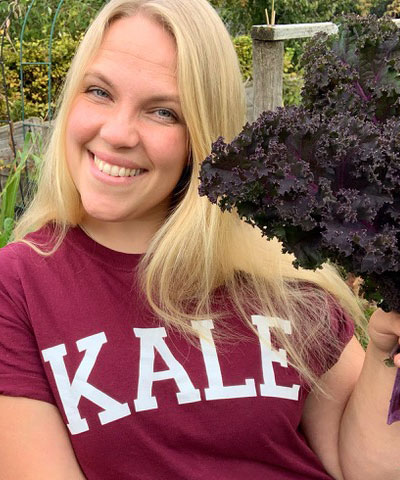
Becky is a freelance writer, blogger, and podcaster. Her blog, Sow Much More and her podcast The Seed Pod are aimed at making organic gardening more accessible and encourage others to grow their own food.